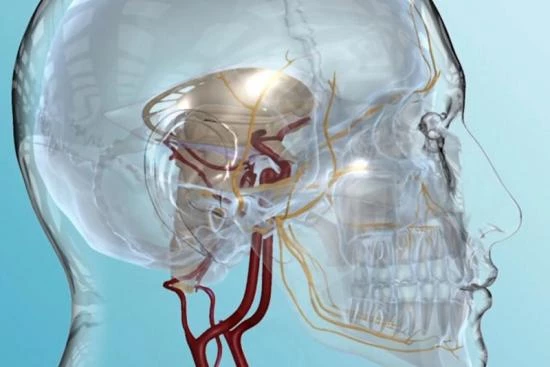Trigeminal neuralgia, also known as tic douloureux, is a neurological disorder characterized by sudden, intense facial pain, often compared to electric shocks. These painful attacks are triggered by stimulation of specific areas of the face. They are associated with dysfunction of the trigeminal nerve, the fifth cranial nerve, which is essential for facial sensitivity and chewing.
In Turkey, there are many therapeutic options available to treat and provide lasting relief from facial neuralgia.
Trigeminal neuralgia treatment cost in Turkey
The cost of diagnosing and treating trigeminal neuralgia in Turkey varies depending on the cause of the condition. However, the rates for medical care in hospitals and clinics in Turkey are generally very affordable. You can be assured of receiving quality treatment at a good price.
By contacting the consultants at Turquie Santé, you can choose from among the best clinics specializing in the treatment of facial neuralgia in Turkey.
Don't hesitate to request a free personalized quote.








